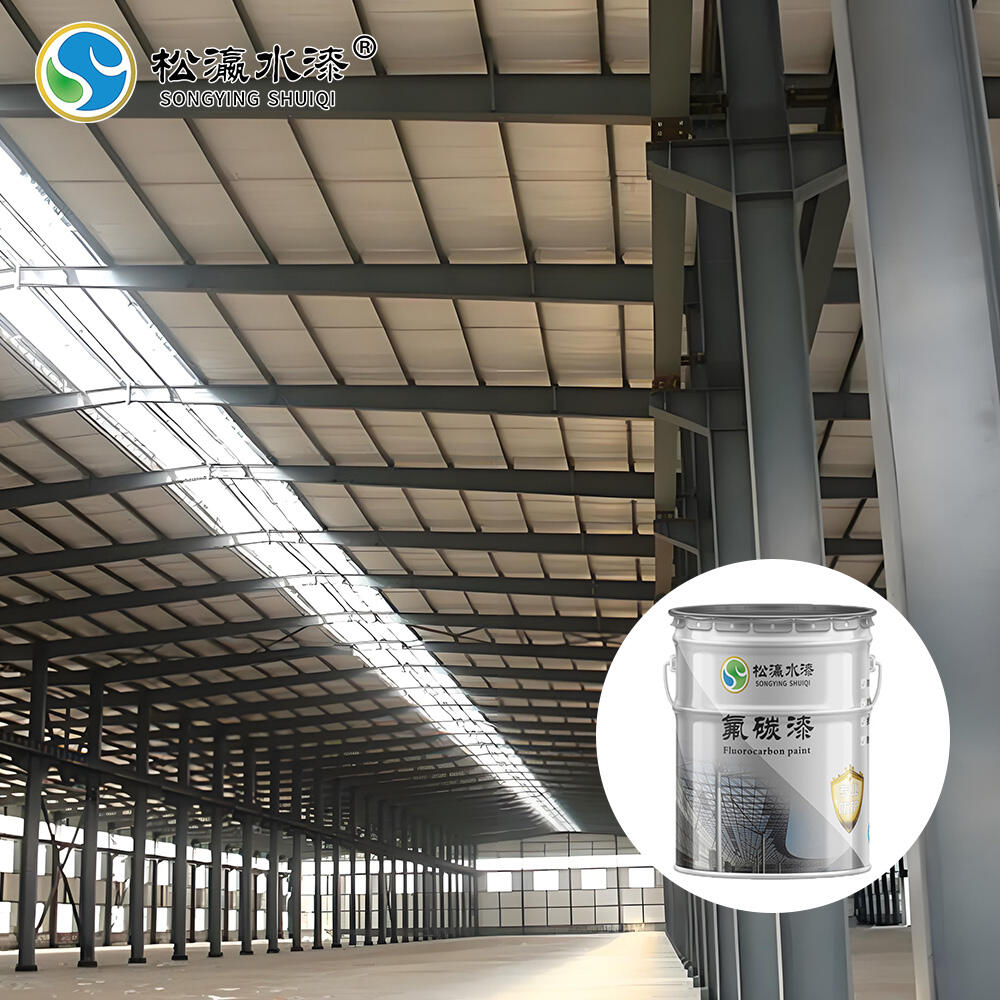Tinta resistente ao fogo: Uma etapa crucial para tornar sua propriedade amigável ao seguro.
Como a Tinta Resistente ao Fogo Reduz os Prêmios de Seguro
Entendendo os Cálculos de Risco da Indústria de Seguros
Para determinar prêmios, as empresas de seguros avaliam riscos considerando materiais da propriedade, localização e histórico de incêndios. Propriedades feitas com materiais resistentes a fogo, como aqueles tratados com revestimentos especializados, reduzem significativamente a probabilidade de danos graves durante um evento de incêndio. Esse risco reduzido se traduz em prêmios de seguro mais baixos. Estatisticamente, propriedades com recursos aprimorados de resistência ao fogo podem receber reduções de até 20% nos prêmios de seguro. Ao mitigar proativamente os riscos de incêndio, os proprietários não só protegem seus ativos, mas também se beneficiam financeiramente com custos de seguro menores ao longo do tempo.
Impacto da Tinta Resistente a Fogo nas Classificações de Segurança Estrutural
As classificações de segurança estrutural desempenham um papel vital nas avaliações de seguros, o que pode influenciar diretamente os limites de cobertura. A implementação de materiais resistentes ao fogo, como tintas especializadas, afeta positivamente a classificação de segurança de um edifício. Essas tintas aumentam a longevidade estrutural ao retardar os danos causados pelo fogo e preservar a integridade do prédio. Classificações de segurança estrutural melhores podem levar a custos de seguro mais baixos, pois as seguradoras percebem a propriedade segurada como menos arriscada. O uso de tinta resistente ao fogo é um investimento estratégico que aumenta a resiliência do edifício enquanto potencialmente reduz os gastos com seguro, oferecendo aos proprietários benefícios duplos de segurança e economia.
Tecnologia Intumescente na Proteção Contra Incêndio Moderna
Revestimentos intumescentes são um pilar da tecnologia moderna de proteção contra incêndio. Quando expostos a altas temperaturas, esses revestimentos incham e formam uma camada de carvão isolante que protege os materiais subjacentes das chamas e temperaturas extremas. Essa tecnologia é amplamente utilizada em diversos ambientes comerciais, incluindo construção e manufatura, onde o cumprimento dos códigos de segurança contra incêndio é crucial. Ao incorporar revestimentos intumescentes, os edifícios podem melhorar significativamente sua resiliência durante incidentes de incêndio, reduzindo danos potenciais e garantindo conformidade com normas de segurança contra incêndio.
Requisitos de Durabilidade para Aplicações Comerciais
A durabilidade é um requisito-chave para revestimentos resistentes ao fogo, especialmente em aplicações comerciais. Esses revestimentos devem suportar vários fatores ambientais, como umidade e flutuações de temperatura, para manter suas propriedades protetoras. Os padrões da indústria especificam testes de durabilidade para garantir a eficácia desses revestimentos ao longo do tempo, minimizando a frequência de manutenção e reaplicação. Ao passar esses testes, os revestimentos resistentes ao fogo podem fornecer proteção de longo prazo, demonstrando sua confiabilidade na proteção de edifícios comerciais contra riscos de incêndio.
Principais Soluções de Tinta Resistente ao Fogo para Benefícios de Seguro
Revestimento de Piso Epóxi: Sistema de Defesa contra Incêndio à Base de Água
Revestimentos de piso a base de epóxi oferecem uma camada resistente e confiável contra fogo, tornando-os um componente indispensável de qualquer sistema abrangente de defesa contra incêndio. Esses revestimentos são particularmente ideais para áreas de grande tráfego devido à sua facilidade de aplicação e manutenção. Sua natureza durável garante que suportem desgaste, proporcionando segurança e longevidade às superfícies que cobrem. Além de melhorar a segurança do piso, o uso de revestimentos de piso a base de epóxi é frequentemente reconhecido por seguradoras como uma medida preventiva de segurança. Esse reconhecimento pode levar a descontos no seguro, tornando-o um investimento custo-benefício. Ao implementar soluções avançadas de defesa contra incêndio, as empresas podem não apenas melhorar a proteção contra fogo, mas também aproveitar economias financeiras em termos de redução nas primas de seguro.
Tinta Epóxi Rica em Zinco: Proteção Resistente à Corrosão
A tinta rica em zinco epóxi se destaca por sua combinação única de resistência à corrosão e proteção contra fogo, tornando-a particularmente ideal para várias aplicações industriais. Esta tinta versátil adere excelentemente a uma ampla gama de substratos, proporcionando defesa de longo prazo contra elementos corrosivos e riscos de incêndio. Setores que adotaram o uso de tintas ricas em zinco epóxi frequentemente relatam uma redução nas indenizações de seguros por incidentes relacionados ao fogo, conforme comprovado por vários estudos de caso. As empresas de seguro enxergam a aplicação de tais revestimentos eficazes como uma abordagem proativa para mitigar riscos, o que é frequentemente recompensado com prêmios de seguro mais baixos. Ao investir em tinta rica em zinco epóxi, as empresas podem se beneficiar de um ambiente mais seguro e potencialmente menores custos de seguro.

 EN
EN









































